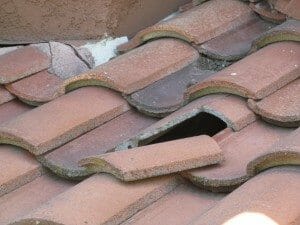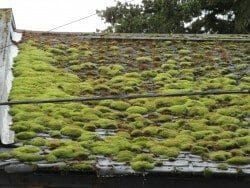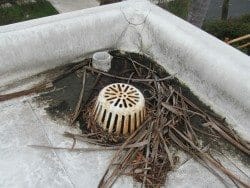How long do Terracotta Tile Roofs Last?
Terracotta tile roofs, with their rich, earthy hues and classic charm, have adorned homes for centuries. Known for their durability, aesthetic appeal, and natural cooling properties, these roofing materials have become synonymous with Mediterranean, Spanish, and Southwestern architectural styles. This article explores the longevity of terracotta roofs, factors affecting their lifespan, maintenance tips, and more, providing homeowners with a comprehensive understanding of this timeless roofing option.
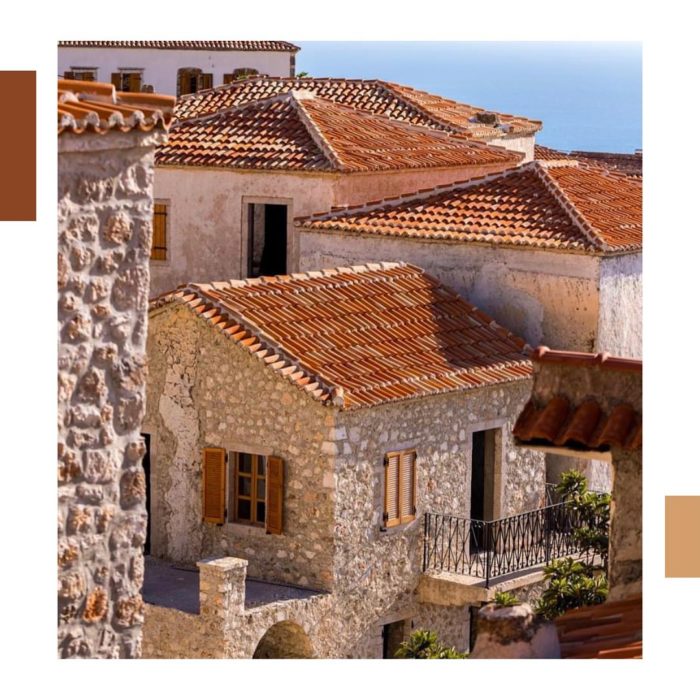
Understanding Terracotta Tile Roofs
The Basics of Terracotta
Terracotta, Italian for “baked earth,” is a type of clay-based ceramic material that has been used in pottery and building construction for millennia. When it comes to roofing, terracotta tiles are favored for their natural composition, distinctive reddish-orange color, and resistance to the elements.
Variations of Terracotta Tiles
- Traditional Terracotta: Classic, unglazed, and with a rustic appearance.
- Glazed Terracotta: Coated with a liquid glass layer, offering additional color options and enhanced durability.
- Concrete Tiles: While not terracotta in composition, concrete tiles can be designed to mimic the appearance of traditional terracotta tiles.
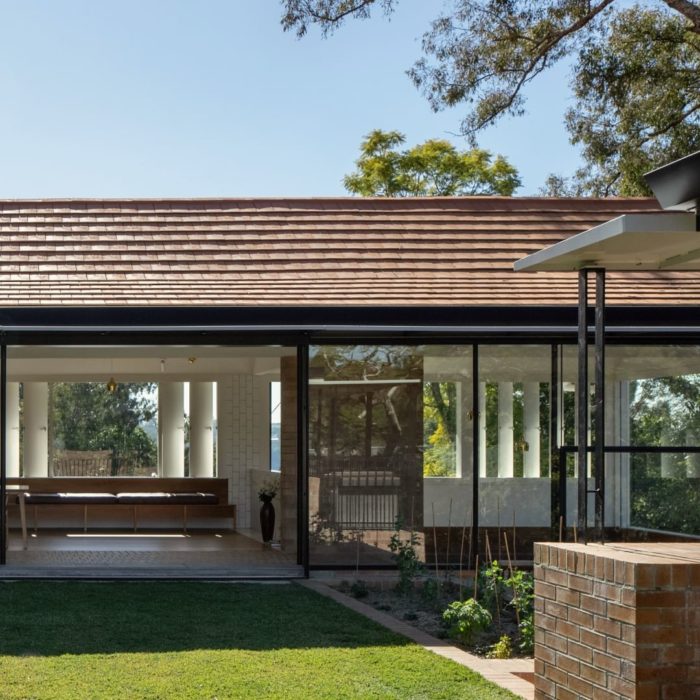
Lifespan of Terracotta Tile Roofs
How Long Do They Last?
Terracotta tile roofs are renowned for their longevity, typically lasting over 50 years. With proper maintenance, it’s not uncommon for these roofs to surpass a century of service life. The quality of the clay, the manufacturing process, and the installation technique all play crucial roles in the lifespan of a terracotta roof.
Factors Affecting Lifespan
- Quality of Clay: High-quality clay tiles, especially those that are kiln-fired at high temperatures, exhibit superior durability and resistance to weathering.
- Installation Expertise: Proper installation by experienced professionals ensures that the tiles are correctly aligned, secured, and able to withstand environmental stresses.
- Climate Conditions: Terracotta tiles excel in warm, dry climates but can also perform well in areas with fluctuating weather patterns, provided they are appropriately maintained.
- Maintenance: Regular inspections and prompt repairs can significantly extend the life of a terracotta roof.
Maintenance Tips for Terracotta Roofs
- Routine Inspections: Conduct bi-annual inspections to identify and address minor issues before they escalate.
- Cleaning: Remove moss, algae, and debris to prevent moisture retention and tile damage.
- Repairs: Replace cracked or broken tiles promptly to maintain the roof’s structural integrity.
- Sealing: Consider applying a sealant to unglazed tiles for added protection against moisture and fading.
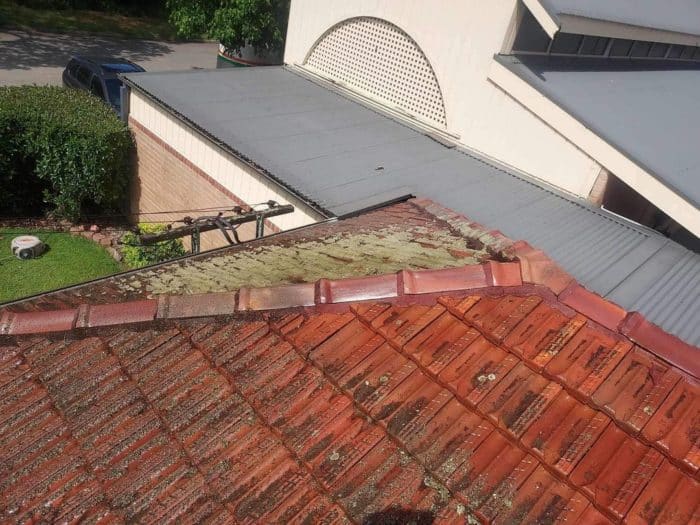
Advantages of Terracotta Tile Roofs
- Aesthetic Appeal: Their natural color and texture add character and warmth to any home.
- Energy Efficiency: Terracotta tiles reflect sunlight, reducing cooling costs in hot climates.
- Fire Resistance: The material’s fire-resistant properties enhance home safety.
- Sustainability: Made from natural clay, terracotta tiles are an eco-friendly roofing option.
Comparing Terracotta with Other Roofing Materials
While terracotta tiles boast an impressive lifespan, it’s beneficial for homeowners to consider how they stack up against other materials:
- Asphalt Shingles: Typically last 15-30 years, offering a more cost-effective but less durable option.
- Metal Roofing: Can last 40-70 years, with advantages in weight and recyclability.
- Slate Roofing: Offers a similar or longer lifespan than terracotta but at a higher cost and with greater weight.
Where are Terracotta Roofs Found Most Often?
Spanish tile roofs, known for their distinctive S-shaped tiles that create a rippling, textured look, are most commonly found in regions with Mediterranean, Spanish, and Southwestern architectural influences. Here’s a breakdown of where these roofs are especially prevalent:
Mediterranean Regions
- Southern Europe: Countries like Spain, Italy, and Greece, which are the historical heartland of Mediterranean architecture, extensively use Spanish tiles for their classic aesthetic and functionality in the warm, dry climate.
North America
- Southwestern United States: States such as California, Arizona, New Mexico, and Texas feature many homes with Spanish tile roofs, reflecting the area’s Spanish colonial and Mexican influences. The style is particularly suited to the hot climate and complements the stucco exteriors commonly found in these regions.
- Florida: The state’s Spanish heritage and tropical climate make Spanish tile roofs a popular choice for their durability and resistance to hurricanes and heavy rain.
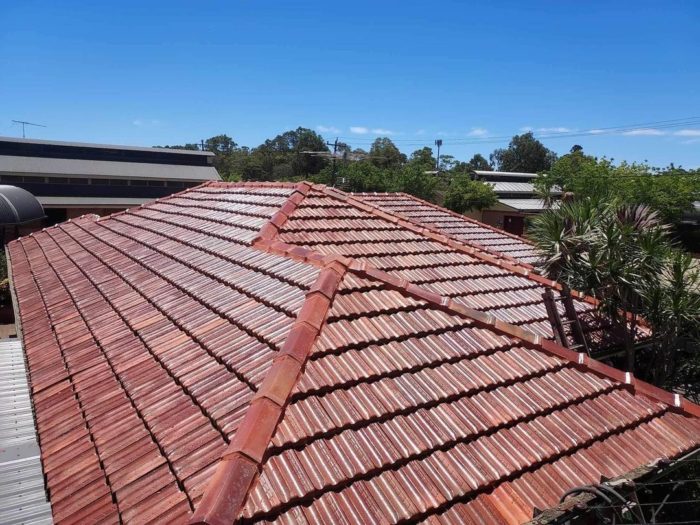
Latin America
- Mexico: Spanish tile roofs are widespread, reflecting the country’s colonial history and architectural heritage. The tiles are well-suited to the climate and are used in both traditional and contemporary homes.
- Central and South America: Countries with Spanish colonial history, such as Costa Rica, Colombia, and Brazil, often feature homes with Spanish tile roofs, adapting the material to both historic and modern architecture.
Other Warm Climates Around the World
- Australia: In areas with Mediterranean-like climates, especially in parts of Western Australia and South Australia, Spanish tile roofs are chosen for their aesthetic appeal and functionality.
- South Africa: Spanish tiles can be found in regions with Mediterranean climates, blending with both colonial and modern architectural styles.
How Easy do Terracotta Roof Tiles Break?
The force required to break a terracotta roof tile can vary significantly based on the tile’s composition, thickness, quality of the clay, and firing process. However, as a general guideline, it is estimated that high-quality terracotta tiles have a breaking strength of approximately 1,200 to 1,300 pounds of force per square inch (psi). This means they can withstand a substantial amount of weight or impact before cracking or breaking.
The breaking strength of a terracotta tile is an important factor in its durability and suitability for roofing applications. Tiles used for roofing must adhere to specific standards regarding strength, absorption, and resistance to the elements. For example, the ASTM International (formerly known as American Society for Testing and Materials) provides standards for roofing tiles, including ASTM C1167 for clay roof tiles. This standard includes requirements for physical properties such as breaking strength, water absorption, and frost resistance.
Oldest Terracotta Tile Roofs in China
One of the oldest and most famous examples of Chinese terracotta tile roofing that remains intact can be found in the Forbidden City in Beijing, China. The Forbidden City, a sprawling imperial palace complex that served as the home of emperors and the ceremonial and political center of Chinese government for over 500 years, features extensive use of terracotta tiles. Construction of the Forbidden City began in 1406 and was completed in 1420, during the Ming Dynasty.
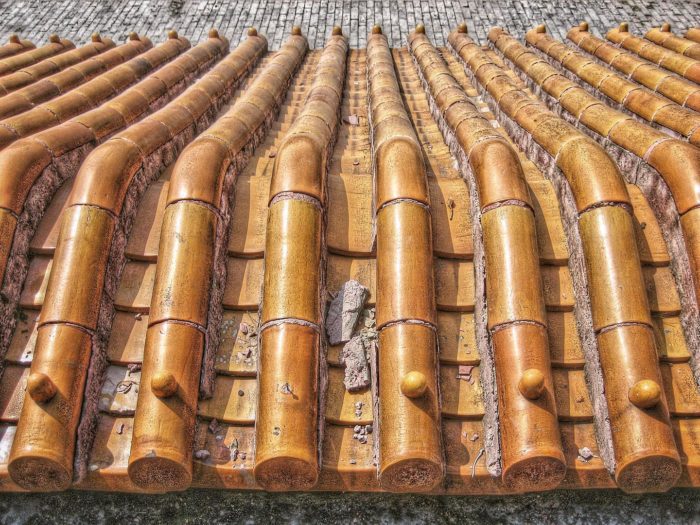
The terracotta tiles used in the Forbidden City are renowned for their durability, beauty, and the symbolic meanings of their colors. The roofs are primarily covered in yellow glazed tiles, a color that was reserved for the emperor and symbolizes his supreme power. The use of terracotta roofing tiles in the Forbidden City and other ancient Chinese architecture demonstrates the material’s long-standing significance and enduring quality in construction.
Apart from the Forbidden City, many ancient temples, palaces, and historic buildings throughout China also feature terracotta tile roofs that have withstood the test of time, some dating back over a thousand years. These include various structures from the Tang Dynasty (618-907 AD) and Song Dynasty (960-1279 AD), among others. However, the exact dates and the state of preservation of these roofs can vary widely.
The longevity of these ancient terracotta tile roofs is a testament to the material’s durability and the advanced architectural techniques of ancient Chinese builders. Regular maintenance and restoration efforts have also played a crucial role in preserving these historic roofs for future generations to admire.
Conclusion
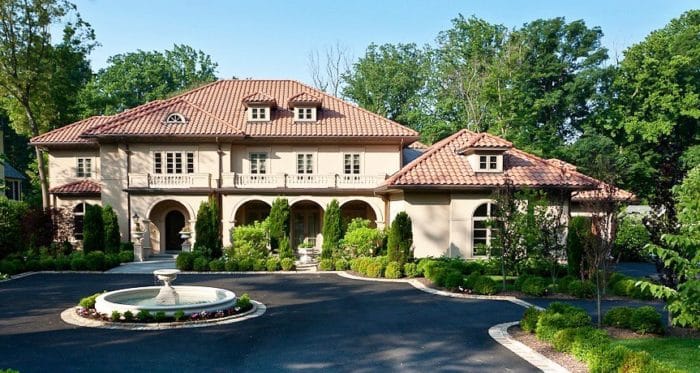
The choice of terracotta tile roofing is a testament to a homeowner’s appreciation for beauty, durability, and timeless appeal. While the initial investment may be higher than some alternatives, the extended lifespan, coupled with the aesthetic and environmental benefits, makes terracotta tiles a wise choice for those looking to invest in their home’s future. Whether it’s a newly built residence or a historic renovation, a terracotta tile roof promises not only to protect but also to enhance the character of any home for generations to come.
With the proper care, a terracotta tile roof can serve as a lasting legacy, blending the artistry of the past with the innovations of the present. As homeowners contemplate the future of their abodes, the question remains: Are they ready to embrace the enduring beauty of terracotta?
